- 演講或講座
- 生物多樣性研究中心
- 地點
跨領域科技研究大樓樓演講廳
- 演講人姓名
鄧杜雄越先生 (TIGP博士候選人)
- 活動狀態
確定
- 活動網址
The Relationship between Herbivores, Algae, and Corals: Exploring the Role of Sea Urchin, Diadematids for the Resilience of Coral Reefs in Taiwan
Abstract
The interaction between herbivores, algae, and corals is a key to undersatnd coral reef resilience. However, most previous studies have foused on herbivorous fishes and have conducted in the Caribbean and the Great Barrier Reef. Therefore, information on other herbivores and/or outside the regions is scarce, causing a serious information deficiency.
In this PhD study, we examined the interaction between herbivores, algae, and corals in southern Taiwan through field surveys and an in situ cage experiment. In the first study (Chapter 2), we examined herbivore assemblages in southern Taiwan and determiants of coral juvenile abundance (proxy of coral recovery) there by considering eight factors. We found that diadematid sea urchins were dominant herbivores in many reef sites, compared with herbivorous fishes and gastropods, and diadematid abundance was the best (positive) predictor of juvenile coral abundance in generalized linear mixed models (GLMMs).
In the second study (Chapter 3), we conducted an in situ cage experiment using three density conditions (0, 8, 16 indiv./m2) of the locally dominant diadematid, Diadema savignyi. Results demonstrated a strong algal control by D. savignyi: algal cover (biomass) declined rapidly from 95% (1.5 g/100cm2) in 0 indiv./m2 to 47% (0.5) in 8 indiv./m2 and 5–16% (0.02) in 16 indiv./m2. On the other hand, coral recruitment process, examined in coral recruit density and growth/survial of small coral fargments (proxy of coral juveniles) significantly declined in 16 indiv./m2, whereas those were similar between 0 and 8 indiv./m2.
In the third study (Chapter 4), we examined the assemblage structure and determinants of abundance in diadematid sea urchins in southern Taiwan, as their ecological information was virtually lacking. We identified six species and one species complex from three genera based on morphology and color patterns: Diadema savignyi, D. paucispinum, D. setosum, Diadema spp., Echinothrix calamaris, E. diadema, and Centrostephanus sp. Of these, D. savignyi was the dominant species (32% of total), and D. savignyi, Diadema spp., E. calamaris, and E. diadema were commonly observed at most study sites. Among seven factors considered, macroalgal cover was the only significant (positive) predictor of diadematid abundance in the GLMM.
Results of this PhD study elucidated the increasingly important role of diadematid sea urchins in coral recovery, via controlling algae and enhancing coral recruitment process. This phenomenon is most likely occurred by a probable shift in dominant hervibores from herbvirorous fishes to non-fishery species, diadematid sea urchins under chronic overfishing in southern Taiwan. We suggest to consider the remnant, but often ignored herbivores, diadematid sea urchins in managenent and coservation planning of coral reefs, along with recovery efforts for other key macro-herbivores, herbivorous fishes and gastropods.

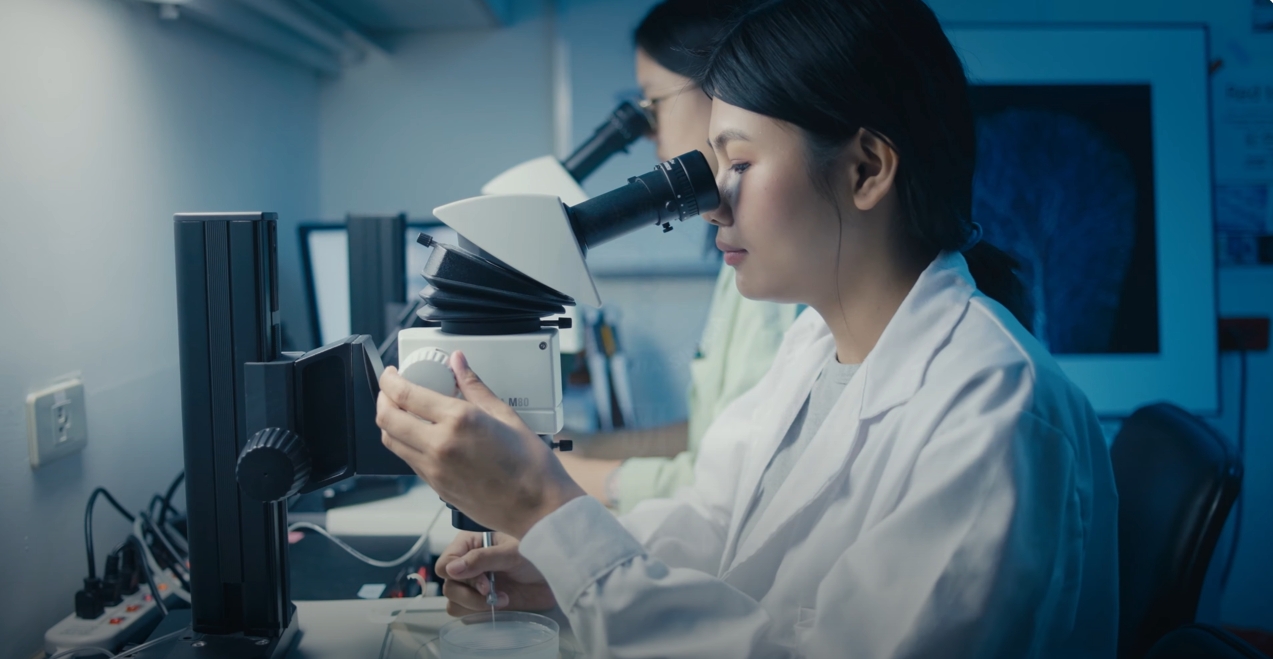
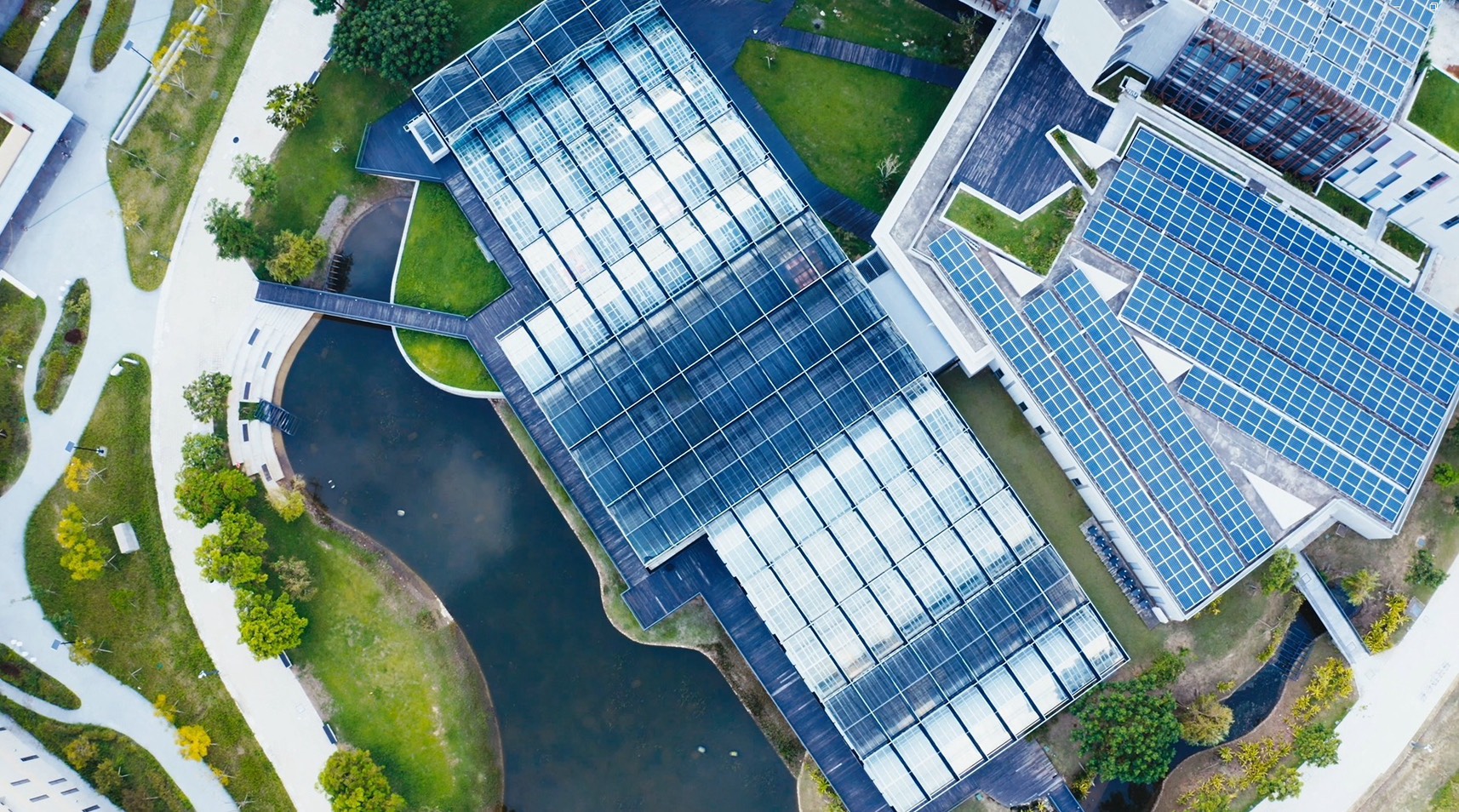
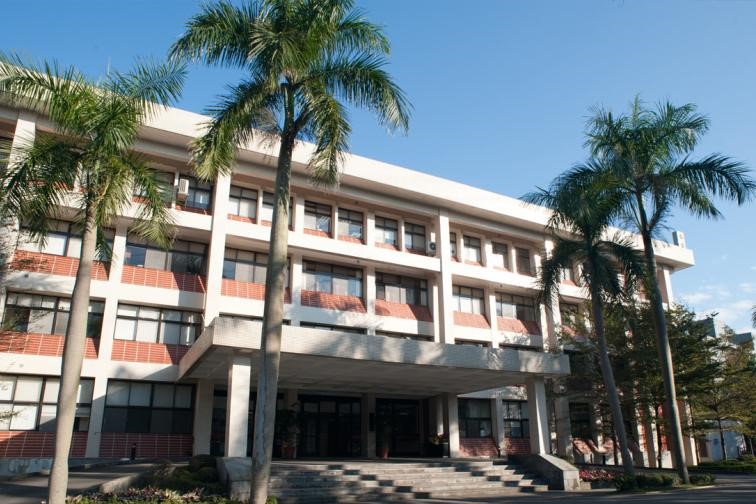
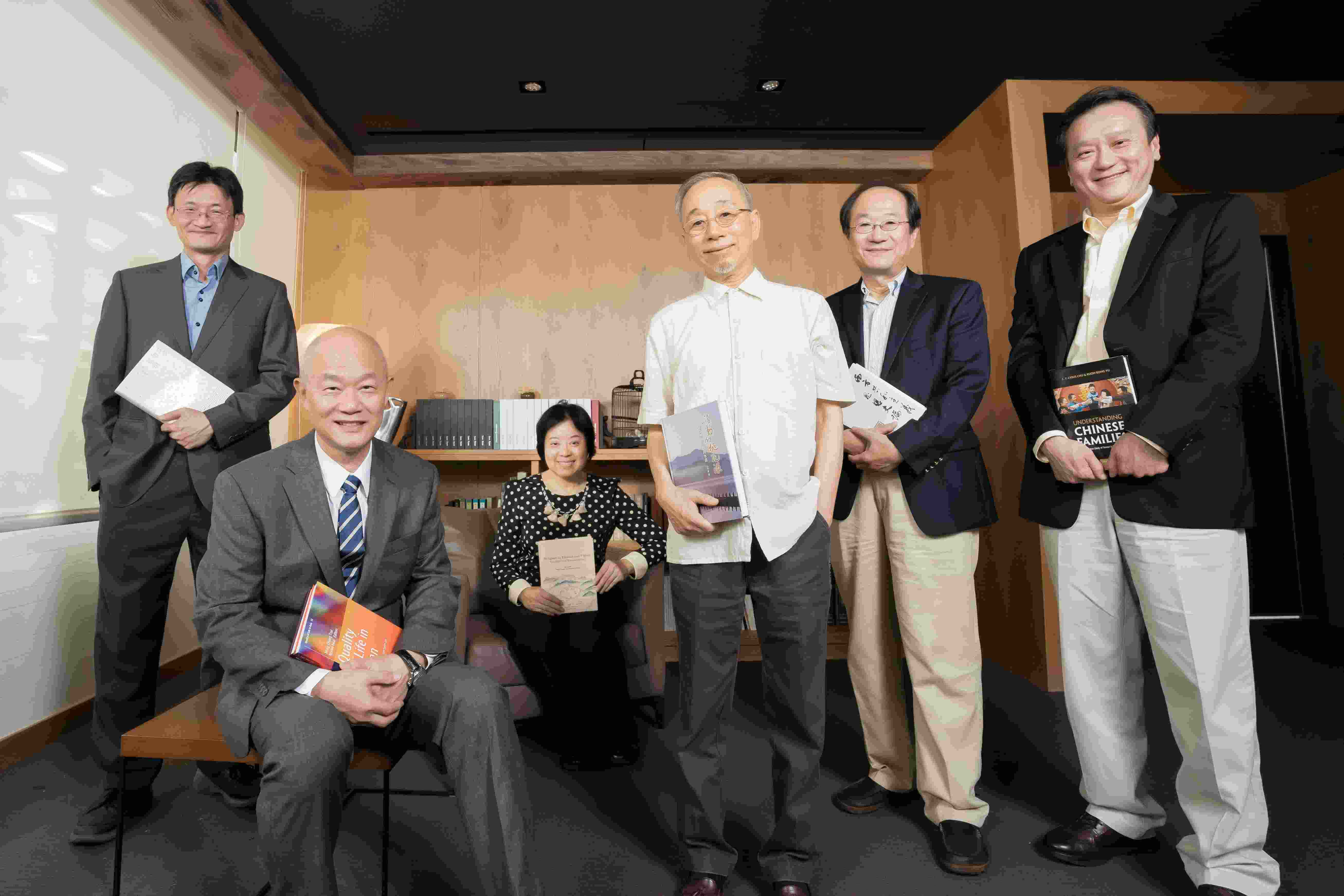


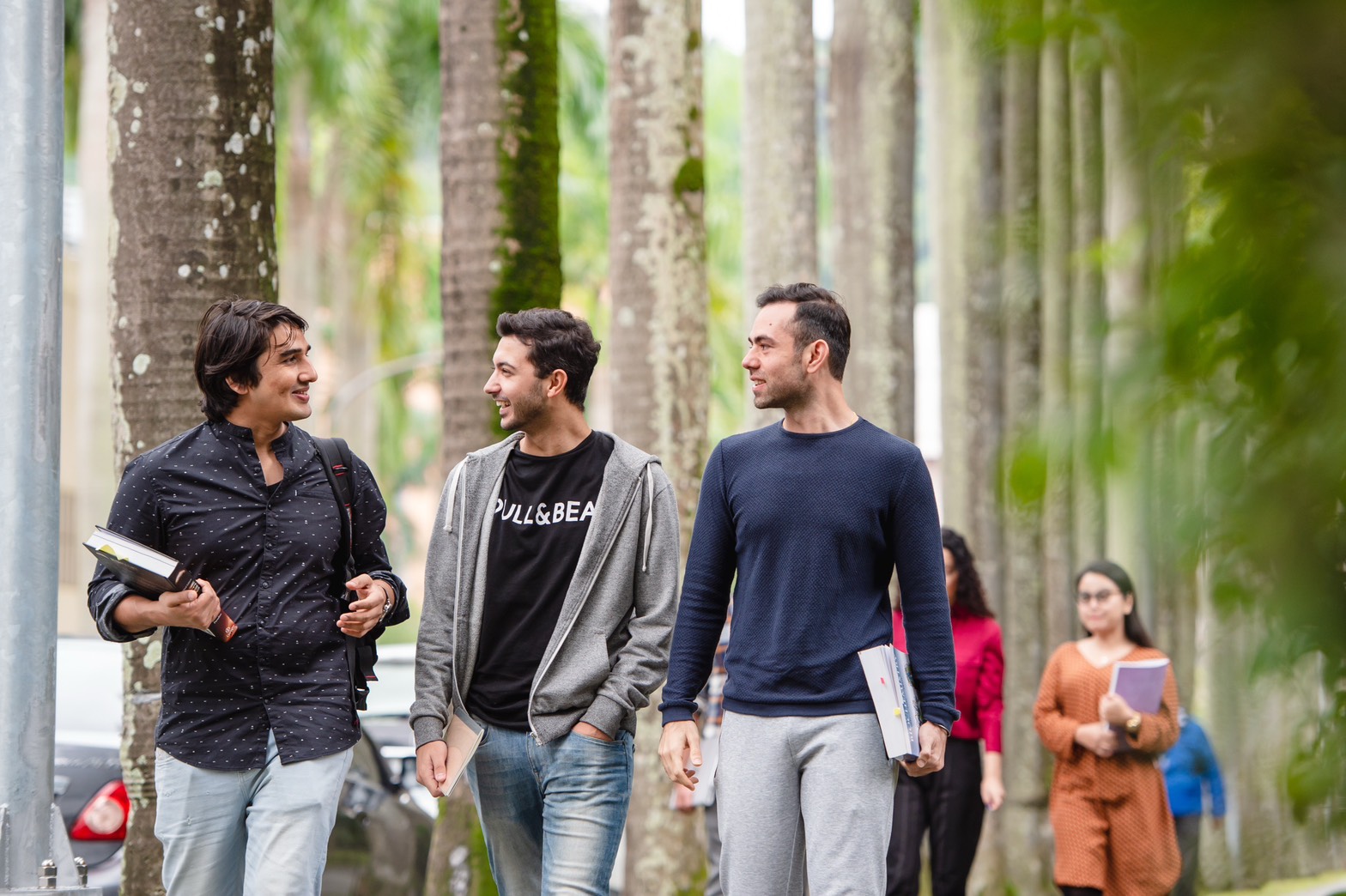

 首頁
首頁

